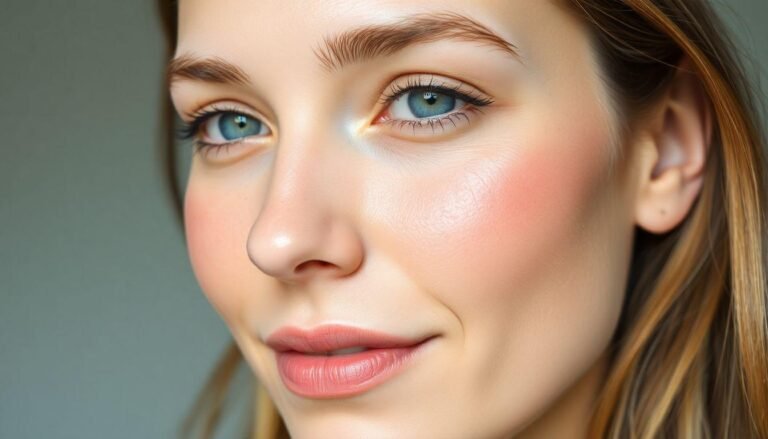Dealing with facial redness can be frustrating and sometimes even embarrassing. Whether you’re experiencing temporary flushes, persistent redness from rosacea, or irritation from your skincare routine, finding effective solutions is essential. Facial redness affects millions of people and can significantly impact self-confidence. The good news is that there are proven ways to stop redness on face that don’t require expensive treatments or prescriptions. With the right approach to skincare and some lifestyle adjustments, you can achieve a more even, calm complexion that helps you feel your best.
Understanding Facial Redness: What Causes It?
Before diving into solutions, it helps to understand what causes facial redness in the first place. Common culprits include:
Your skin’s redness might be temporary (like after a hot shower) or long-lasting (as with rosacea). Identifying your specific triggers is the first step toward finding the right solution. Now, let’s explore the most effective ways to address this common concern.
1. Gentle Cleansing: The Foundation of Calm Skin
Many people unknowingly aggravate facial redness by using harsh cleansers. The key is to treat your skin like fine silk rather than sturdy denim!
Choose the Right Cleanser
Look for cleansers labeled “for sensitive skin” or “fragrance-free.” Ingredients that can help include:
Avoid cleansers containing alcohol, fragrance, sulfates, and physical exfoliants, which can worsen redness. Cream or lotion cleansers tend to be gentler than foaming varieties.
Perfect Your Technique
Use lukewarm water (never hot!), and gently pat—don’t rub—your face dry with a soft towel. Consider leaving your skin slightly damp before applying moisturizer to lock in hydration.
2. Targeted Ingredients That Calm Inflammation
Certain skincare ingredients have proven anti-inflammatory properties that can significantly reduce facial redness over time.
Soothing Superstars
When introducing new products, start slowly—perhaps 2-3 times per week—and gradually increase frequency as your skin adjusts.
3. Build a Protective Skin Barrier
Think of your skin barrier as your face’s protective shield. When damaged, redness and irritation follow close behind.
Barrier-Boosting Strategy
Focus on moisturizing ingredients that repair and strengthen your skin’s natural barrier:
Apply moisturizer when skin is slightly damp for maximum effectiveness. For extremely sensitive skin, consider plain moisturizers without potentially irritating active ingredients.
4. Sun Protection: Non-Negotiable for Redness-Prone Skin
Sun exposure is one of the biggest triggers for facial redness. UV rays break down collagen, damage blood vessels, and trigger inflammation.
Finding Your Perfect Sunscreen
For redness-prone skin, mineral sunscreens containing zinc oxide or titanium dioxide are generally best, as they:
Look for SPF 30 or higher and apply generously every morning. Don’t forget to reapply throughout the day, especially after sweating or swimming.
5. Lifestyle Adjustments That Make a Difference
Skincare products aren’t the only tools in your anti-redness arsenal. Several lifestyle changes can significantly impact facial redness.
Diet Considerations
Many people notice that certain foods trigger facial flushing:
Consider keeping a food diary to identify your personal triggers. Incorporating anti-inflammatory foods like fatty fish, leafy greens, and berries may help reduce overall inflammation.
Environmental Protection
Stress Management
Ever notice your face getting redder when you’re stressed? That’s not coincidental. Stress triggers inflammatory responses in the body, which can manifest as facial redness. Regular meditation, adequate sleep, and exercise can help manage stress levels and potentially reduce redness.
When to See a Dermatologist
While these methods can effectively stop redness on face for many people, persistent or severe redness might require professional intervention. Consider seeing a dermatologist if:
A dermatologist can prescribe stronger treatments like topical antibiotics, prescription-strength azelaic acid, or laser therapy for broken capillaries.
Remember that consistency is key when addressing facial redness. Most solutions take time to show results, so be patient with your skin. By combining gentle skincare, targeted ingredients, sun protection, and lifestyle adjustments, you can achieve a calmer, more even complexion and effectively reduce redness on your face for the long term.







